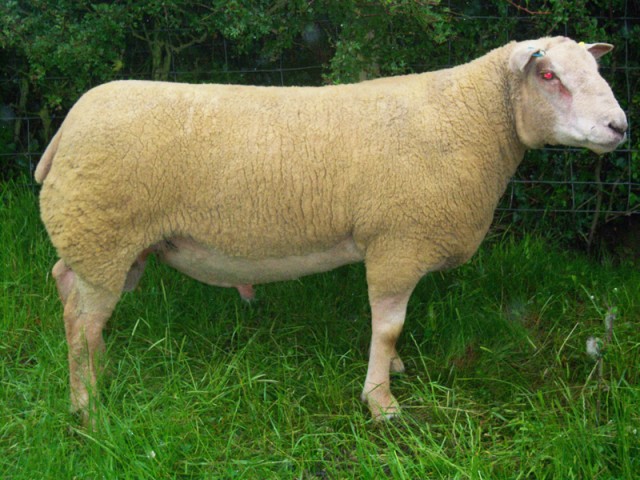The Charollais sheep breed specializes in meat production. In our country it is less well known, but enjoys a great appreciation in France and England.
Origin and history
The Charollais breed is originally from France, in the Loire area, where it was developed more than 100 years ago by crossing local Leicester breeds. After 1976, the Charollais sheep breed was imported to England, where she had a great success.
Physics description
The Charollais sheep is of medium size, with a sturdy and well-proportioned body, strong bone, covered with well-developed muscles. The head, belly and limbs are not covered with wool.
In the rest of the body, the wool is white, pigmented with small black spots.
The chest is wide, the great forehead and the orbits distant, and the long, fine ears, mobile, of the same color as the wool on the body. The wool that covers the body is short, dense and fine.
Meat production
In many of the countries of Europe, the Charollais sheep breed is very important. It is used both for meat production and for crossbreeding with other sheep breeds. At maturity, rams of this breed reach a weight of 100-150 pounds, and females between 80 and 100 kilograms.
The main characteristics of the Charollais sheep
Charollais breeds have a rapid growth, being highly valued by farmers around the world. Besides, they are very friendly, very hospitable and easy to maintain and handle.
The fine wool of the Charollais sheep is used for making tapestry and textiles.

